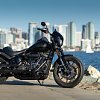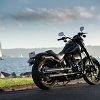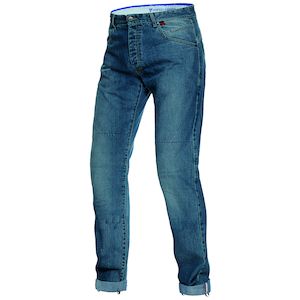The devout following of Harley-Davidson aficionados is both a blessing and a curse for the MoCo. Case in point: the Low Rider.
It became a sales success when first introduced in 1977 as the FXS Low Rider, boasting alloy wheels, a twin-disc front brake setup and a low 26-inch seat height. Then in 1993 the Low Rider transitioned to the new Dyna platform as the FXDL, furthering its cult-like following.
When the latest Softail platform was introduced in 2017, it had the knock-down effect of axing the Dyna platform from Harley’s lineup, causing mild hysteria from devotees of the twin-shock Dyna. Now folded into the Softail platform, the new Low Rider was seen by some as an imposter. Resale values of Dyna Low Rider Ss inflated even though the Softail version was a better motorcycle in every dynamic respect.

Now for 2020 comes the new Low Rider S, which amps up the Softail-based Low Rider with a bigger motor, a sportier front end and more badass attitude.
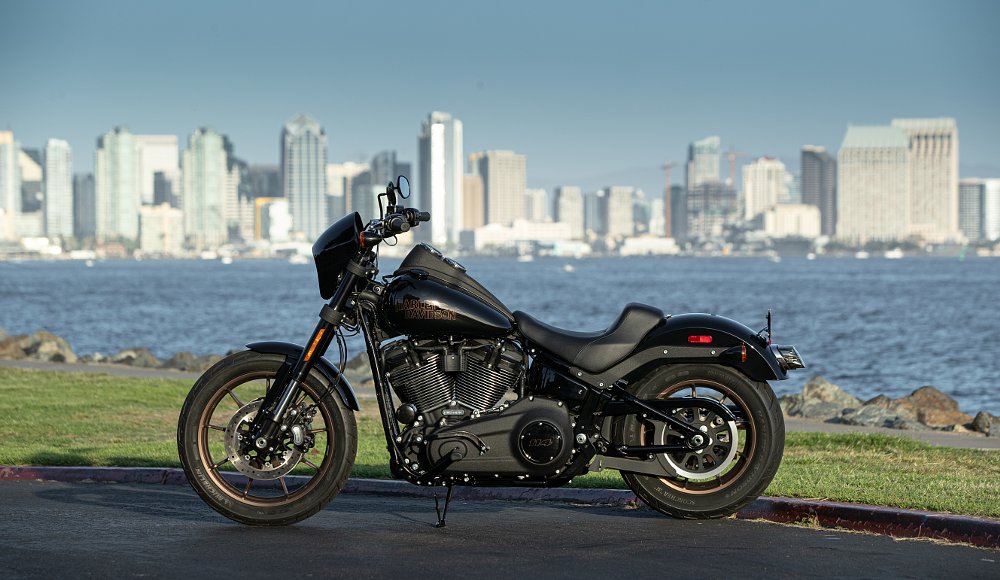
“The look of the new Low Rider S is really rooted in the legacy of the Low Rider models of the 1980s, that has a devoted following which has spread world-wide from origins in Southern California, and in the recent Dyna-based Low Rider S model,” said Brad Richards, Harley-Davidson Vice President of Styling & Design. “We’ve applied that coastal style and performance-first attitude to the Softail chassis to create a Low Rider S that’s more powerful and agile than ever, with a heavy dose of tough-as-nails attitude.”
The extra toughness comes mostly via the extensive blacked-out treatment that takes almost all of the Low Rider’s shiny bits and swaps them for black finishes, a theme reminiscent of the Dyna LR-S.

The bounty of black bits includes:
- Powertrain, primary cover and tank console are finished in Wrinkle Black
- Derby cover, intake, and lower rocker covers are Gloss Black
- Mufflers and exhaust shields are Jet Black
- Fork, triple-clamp, riser and handlebar, and rear fender supports are Matte Black
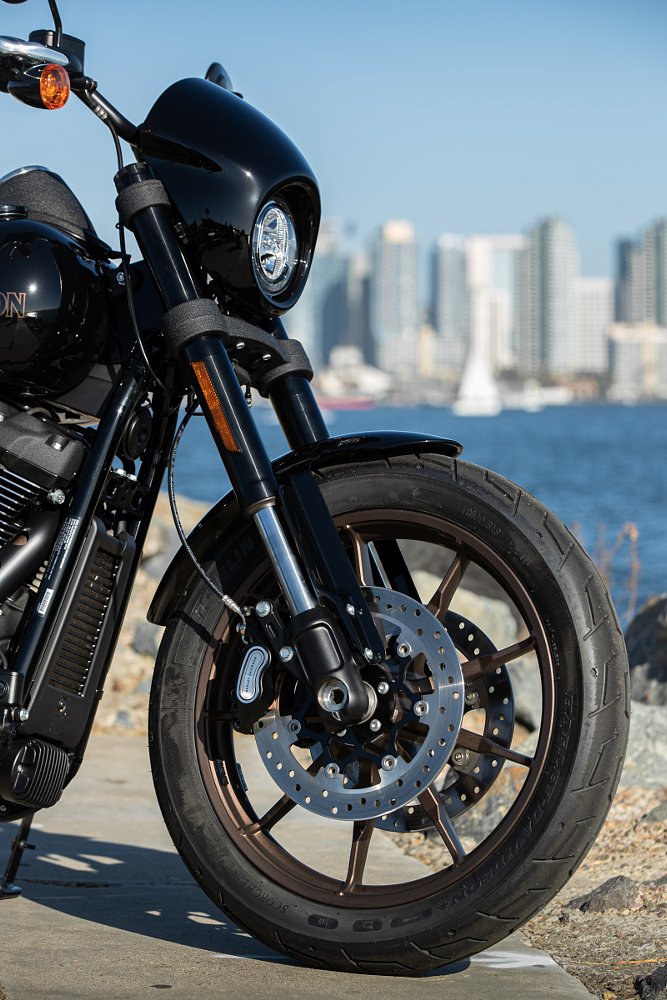
More sport has been applied at the Low Rider’s front end: A second disc brake has been added to a new 43 mm Showa inverted fork. Greater agility has been baked in by steepening the rake angle two degrees to 28 degrees, which slightly reduced the wheelbase from 64.2 inches to 63.6. For comparison, the old Dyna Low Rider used a lazy 32-degree rake.
Performance geeks will surely appreciate the beefier front end and doubled braking power, but know that they respectively add six pounds and seven pounds, according to H-D.
Not that you’d notice the weight difference with the 114 bellowing and your fists punching whatever wind makes its way past the new mini speed screen, another element harkening to the Dyna LR-S. The riding position leans toward the SOA style, with a one-inch T-bar on four-inch risers and narrowly set grips. Harley says dealers had been asking for mid controls, and here they are, with peg placement forcing an acute knee bend from those long of leg.
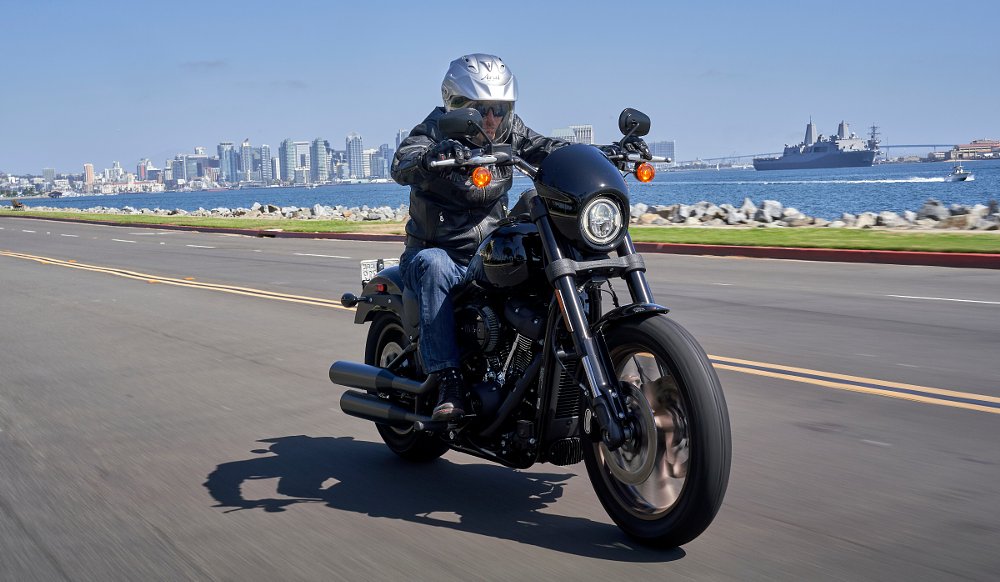
The high-back solo seat is placed 26.5 inches off the ground, a modest 0.3 inches higher than the standard Low Rider. It’s quite plush and helps nullify whatever bumps aren’t soaked up by the well behaved Showa shock’s 3.4 inches of rear-wheel travel. Preload can be set by a handy hydraulic adjuster.
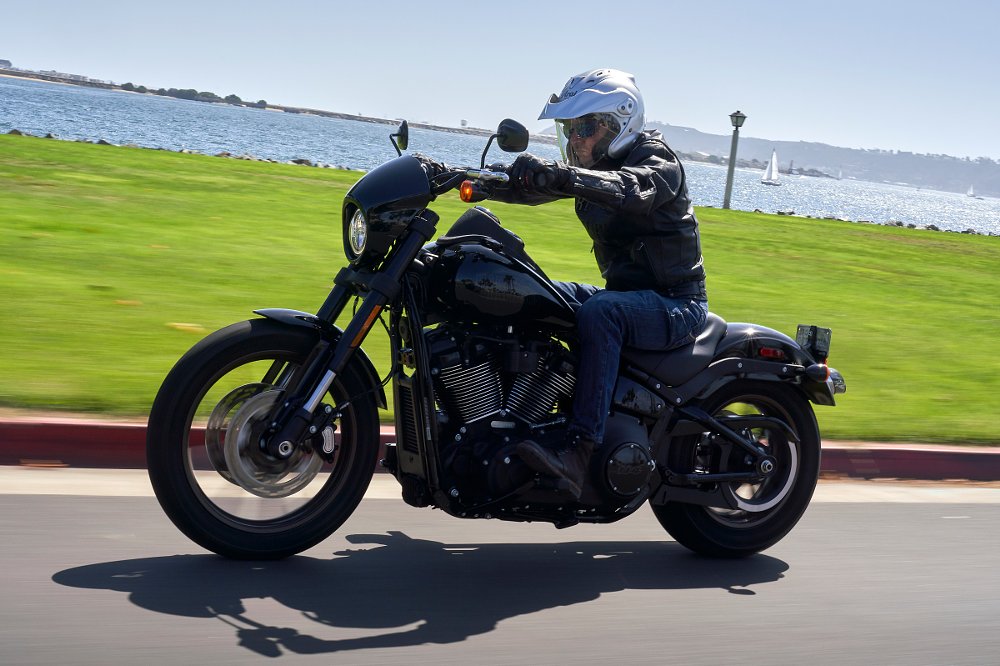
Our ride route included many miles of twisty pavement, and the Low Rider S tackled it with admirable speed in spite of 679 running-order pounds of weight and more than five feet between contact patches. The narrow bars look cool but decrease leverage, yielding steering effort that is deliberate, not flickable. The solid Softail chassis remained stable and didn’t get twisted up when levered hard between corners, feeling secure up to and beyond the available lean angle of 30.1 degrees, an increase of a half degree over the standard Low Rider.
Braking performance is generous for a cruiser, with its pair of four-piston Nissin calipers pinching 300 mm rotors via steel (not rubber) brake lines. Feedback is decent if not exceptional, with modulation fine enough to bring the front tire to controlled chirping levels at will. Standard ABS provides a safety net.
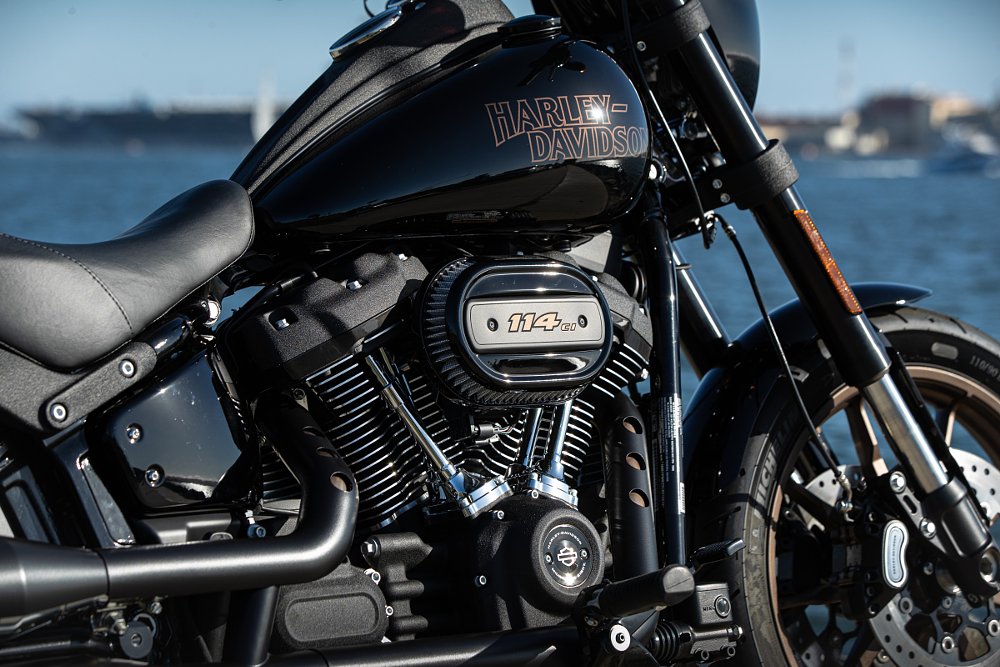
The Milwaukee-Eight powertrain continues to impress in whatever it’s bolted into. Clutch effort is moderately light for such a powerful mill, and the gearbox is, dare I say, nearly buttery once past the thunk during one-two shifts. The M-8 114 spits out hearty low-end grunt beginning below even 2,000 rpm and continues pulling in a strong and linear fashion to its 5,500 rpm redline.
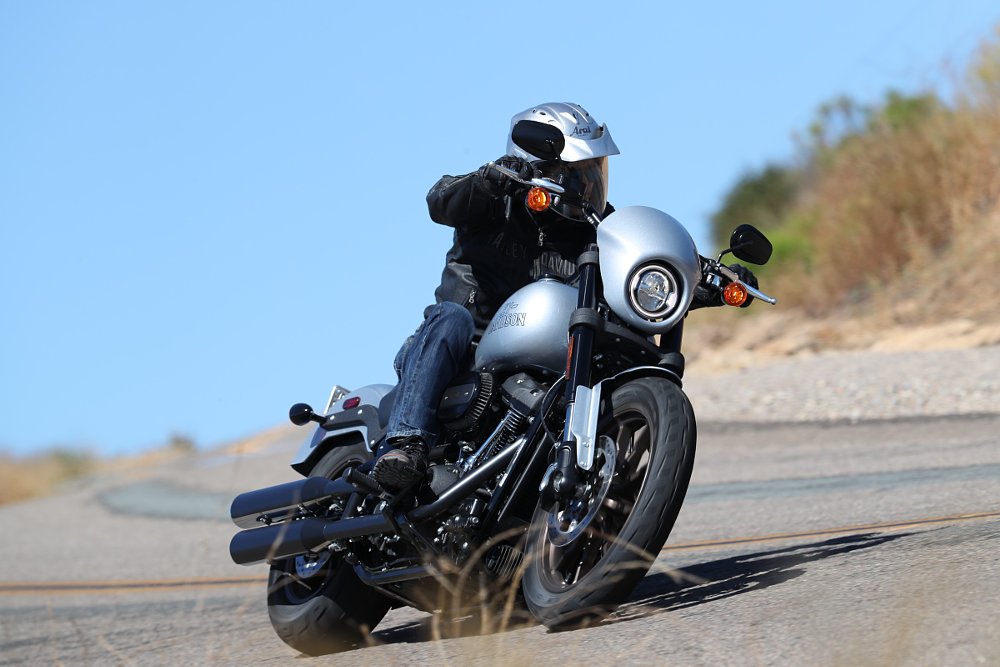
The M-8 motor uses double counterbalancers to quell vibration and do away with rubber engine mounts for a more rigid chassis. This mostly works as advertised, except some secondary vibes creep through to a rider’s hands, and this despite the handlebar being rubber-mounted. It seems that the extra bore and stroke of the 114 motor simply produces more mechanical forces — hence more vibration — than the 107 ci version.
Since we’re in the midst of picking nits, let’s point out the tank-top tachometer is difficult to read, sitting as it does not far in front of a rider’s belly, and heat from the exhaust is felt in on a rider’s right boot and calf. Personally, I’d appreciate a shorter throttle pull so I could get to full throttle without so big a twist.
On the plus side, let’s applaud H-D engineers for the tone and volume emitted from the two-into-two offset shotgun mufflers. It’s loud enough to sound mean, but not mean enough to sound obnoxious — a perfect compromise, in my ears. Also nice are the beefy, contoured levers that feel good on fingertips, and Harley’s excellent self-canceling turn signals mean you never look like an absent-minded old man even if you are.

Overall, I was pleased with my time aboard the Low Rider S. It’s overflowing with badass attitude and has few flaws aside from its $17,999 price tag. If you’re looking for a premium cruiser without saddlebags, the LR-S is definitely worth a look. Fraternal competition comes from other alluring Softails like the funky Fat Bob and the versatile Sport Glide. It’s available now in Vivid Black or Barracuda Silver.
| 2020 Harley-Davidson Low Rider S | |
|---|---|
| Price (MSRP) | $17,999 |
| Engine Type | V-twin Milwaukee-Eight 114 |
| Displacement | 114 ci (1,868 cc) |
| Bore x stroke | 4.016 inches by 4.5 inches (102 mm x 114 mm) |
| Compression ratio | 12.9:1 |
| Torque | 119 foot/pounds @ 3,000 rpm |
| Transmission | Six gears |
| Tires front/rear | 110/90B19; 180/70B16 |
| Brakes | Four-piston calipers, two 300 mm fixed rotors front; two-piston caliper, floating rotor rear; ABS |
| Front suspension | Showa 43 mm inverted fork |
| Rear suspension | Showa, hydraulic preload adjuster |
| Rake/trail | 28 degrees/5.7 inches |
| Wheelbase | 63.6 inches |
| Seat height | 26.5 inches |
| Tank capacity | 5.0 gallons |
| Wet weight | 679 pounds |





